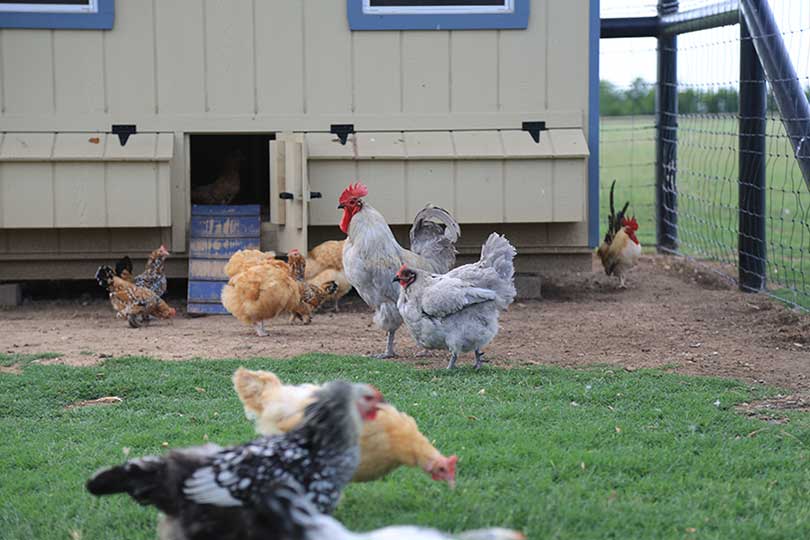The Centers for Disease Control and Prevention (CDC) has concluded its investigation into eight separate multi-state outbreaks of salmonella infections tied to backyard poultry flocks.
There were 895 people infected with outbreak strains of Salmonella reported from 48 states in this past year. That was the largest number of illnesses linked to contact with backyard poultry ever recorded. More than 200 of those cases were hospitalized and three deaths were reported, while 28 percent of those infected were children five years or younger.
There were seven reported cases in Texas.
The CDC findings linked the eight outbreaks to contact with live poultry, such as chicks and ducklings, from multiple hatcheries. Sickened people reported purchasing live baby poultry from several suppliers in multiple states, including feed stores, Internet sites, hatcheries and friends. Ill people reported purchasing live poultry to produce eggs, learn about agriculture, have as a hobby, keep as pets or to give as Easter gifts.
Live poultry may have Salmonella germs in their droppings and on their bodies (feathers, feet and beaks) even when they appear healthy and clean. The germs can get on cages, coops, feed and water dishes, hay, plants and soil in the area where the birds live and roam. Germs can also get on the hands, shoes and clothes of people who handle the birds or work or play where they live and roam.
People become infected with Salmonella when they put their hands or other things that have been in contact with live poultry in or around their mouth. Young children are more likely to get sick because their immune systems are still developing, and they are more likely to put their fingers or other items into their mouths.
Signs and symptoms of a Salmonella infections include diarrhea, vomiting, fever and abdominal cramps. Children younger than five years, older adults and people with weakened immune systems, including pregnant women, are more likely to have a serious illness.
The CDC said although the outbreaks are over, people can still get Salmonella from live poultry, including those in backyard flocks. The CDC recommends the following steps to reduce the chance of a Salmonella infection.
- Always wash your hands with soap and water right after touching live poultry or anything in the area where they live and roam.
- Do not let live poultry inside the house, in bathrooms or in areas where food or drink is prepared, served or stored.
- Don’t let children younger than five years, adults older than 65 and people with weakened immune systems handle or touch chicks, ducklings or other live poultry.
- If you collect eggs from the hens, thoroughly cook them.
- Don’t eat or drink in the area where the birds live or roam.
- Avoid kissing your birds or snuggling them, then touching your mouth.
- Stay outdoors when cleaning any equipment or materials used to raise or care for live poultry, such as cages or feed or water containers.
- Buy birds from hatcheries that participate in the U.S. Department of Agriculture National Poultry Improvement Plan (USDA-NPIP) U.S. Voluntary Salmonella Monitoring Program. This program is intended to reduce the incidence of Salmonella in baby poultry in the hatchery.

